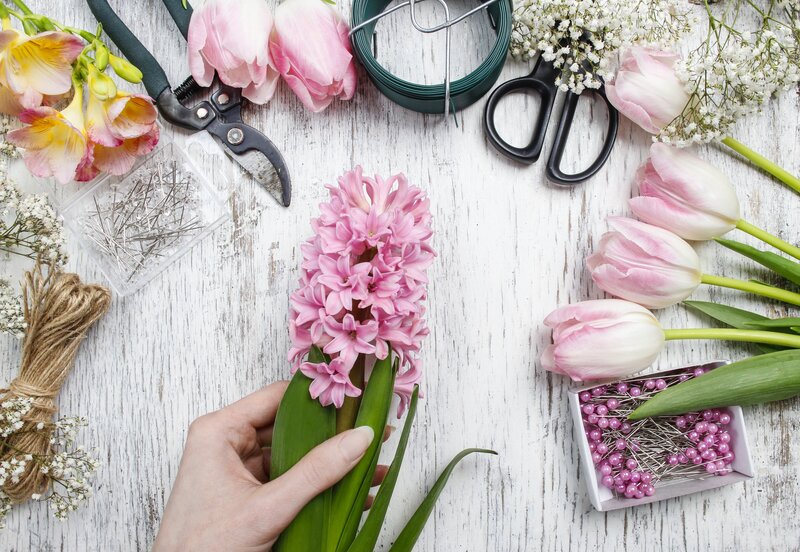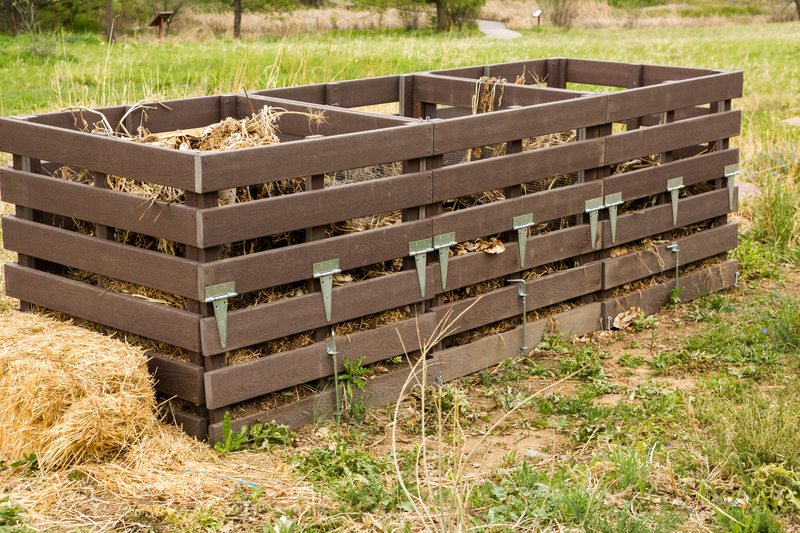Trash to Treasure: Discovering Beauty in Everyday Waste
Posted on 26/05/2024
Waste has become a major issue in our society. From plastic water bottles to food containers, our excessive consumption and disposal of products have resulted in overflowing landfills and pollution of our environment. But what if instead of seeing waste as something to discard, we saw it as an opportunity for creativity and beauty? This is where the concept of "trash to treasure" comes in.
What is Trash to Treasure?
Trash to treasure is the idea of taking items that are typically considered waste and transforming them into something useful or aesthetically pleasing. It is a way of reusing and repurposing objects that would otherwise end up in the trash. This practice not only reduces waste but also encourages a more sustainable lifestyle.

The Beauty in Everyday Waste
One man's trash can truly be another man's treasure. With some creativity and imagination, everyday waste items can be transformed into unique pieces of art or practical household items. For example, old mason jars can be turned into charming candle holders or vases, while glass bottles can be transformed into beautiful hanging planters. Newspapers can be woven into baskets or used for decoupage projects. The possibilities are endless!
Benefits of Trash to Treasure
Apart from reducing waste, there are several other benefits to practicing trash to treasure. Firstly, it saves money by using materials that are readily available instead of purchasing new ones. It also promotes creativity and encourages us to think outside the box. Additionally, it can serve as a fun and productive activity for children to learn about sustainability.
The Downside
While there are many pros to the trash to treasure concept, there are also some potential cons to consider. One downside is that not all waste items can be easily repurposed or may require special skills and tools, making it a time-consuming process. Another issue is the lack of available resources for those who are not skilled in crafting or upcycling. Lastly, some may argue that the idea of turning trash into treasure can be seen as glorifying consumption and waste in our society.
Tips for Trash to Treasure Success
1. Start small and work with materials that you are familiar with. For example, if you enjoy painting, try transforming an old canvas into a new piece of art.
2. Don't be afraid to get creative! Take inspiration from others but add your own unique touch to make it truly one-of-a-kind.
3. Use online tutorials and resources for ideas and step-by-step instructions.
4. Save and collect different types of waste items to have a variety of materials to work with.
5. Always prioritize safety when working with potentially sharp or hazardous materials.

Takeaways
The practice of trash to treasure not only benefits the environment but also promotes creativity and sustainability in our everyday lives. It encourages us to see potential in things that we would normally discard and gives us a sense of accomplishment when we can repurpose them into something useful or beautiful.
In Conclusion
Trash to treasure is more than just a trendy DIY project; it's a mindset shift towards a more sustainable lifestyle. By embracing this concept, we can reduce waste, save money, and promote creativity while also making a positive impact on the environment. So next time you're about to throw something away, think about how you can turn it into something valuable instead - because beauty can truly be found in unexpected places!

